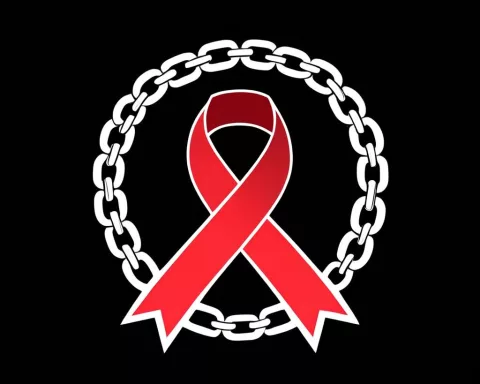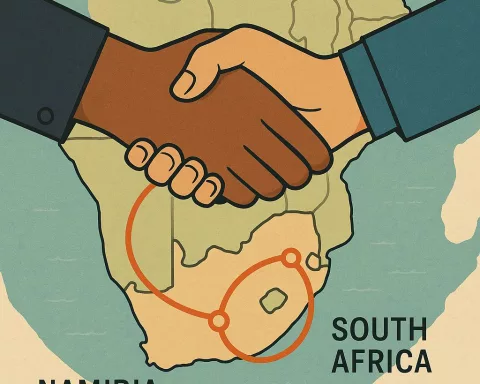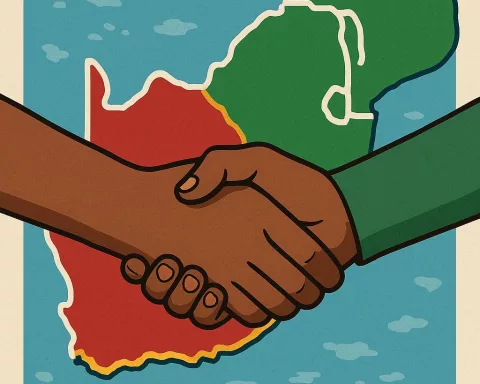South Africa is currently facing an energy crisis that has led to extended power outages in the form of Stage 6 blackouts lasting for 8-10 hours a day. To make matters worse, the Democratic Alliance (DA) has revealed that protocols for Stage 9 load-shedding and beyond are being finalized, a development the party describes as “nothing short of horrifying.”
The Implications of Stage 8 and 9 Load-Shedding
If Stage 8 and 9 load-shedding protocols are implemented, the energy crisis in South Africa will significantly worsen. Under Stage 8, citizens would experience at least 12 hours without power daily, broken down into 4-hour blocks. Stage 9 would involve even longer outages and electricity curtailment enforced on large energy users. According to Samantha Graham-Maré, the DA’s Shadow Minister of Electricity, this would severely impact various industries, leading to job losses and an economic downturn.
Challenges for Municipalities, Small Businesses, and Consumers
The implementation of 4-hour power outage blocks poses a major challenge to municipalities to provide water to residents due to insufficient time to refill reservoirs during the periods when power is available. Additionally, cellphone towers would lose the ability to transmit signals after 3 hours, severely limiting communication in rural areas during the 4-hour outages. Small food retailers would also face the increased risk of contamination and food poisoning, as they often lack the necessary capacity to keep perishable products cold for extended periods.
Small businesses, such as hairdressers, printing shops, bakeries, and seamstresses, are finding it extremely difficult to operate without power for hours on end, which puts their income and sustainability at risk. Most of these businesses are unable to afford generators or the fuel required to run them.
The Role of the National Rationalisation Specifications (NRS) Association
The National Rationalisation Specifications (NRS) association is responsible for drafting the load-shedding protocols to ensure that all entities involved in electricity distribution and supply adhere to the same rules and procedures to prevent a total grid collapse. They have extensively consulted on this issue and plan to submit the new schedule to the National Energy Regulator (NERSA) soon.
Calls for Urgent Government Action
Despite the establishment of the National Energy Crisis Committee and the development of the Energy Action Plan in 2022, there has been no improvement in South Africa’s energy situation. The new Minister of Electricity, Dr. Kgosientso Ramokgopa, was appointed to drive the Energy Action Plan, but South Africans have only experienced two days without load-shedding so far this year.
Graham-Maré emphasizes that the South African people cannot endure much more of this energy crisis and is urging President Ramaphosa to finalize the powers of Minister Ramokgopa, who must then deliver on the numerous promises made since last year. She is calling for urgent government action to resolve this crisis, stating that the country needs relief, the people need action, and the situation requires a solution.
The consequences of prolonged load-shedding and the potential implementation of Stage 9 and beyond are alarming for South Africans. With the energy crisis continuing without any significant progress, the government must take immediate action to resolve the issue and prevent the situation from worsening.












